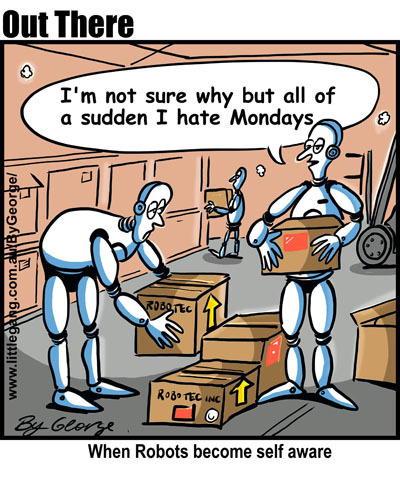Evolution
AI is not new. Over the past decades, periods of intense interest and innovations (AI summer) alternated with times when attention significantly decreased and there were few to no new developments (AI winter).
AI winters and summers
Although AI has a long history, early research into AI produced few practical applications. In 1969, Minsky and Papert published the book Perceptrons, where they pointed out the weaknesses of neural networks. This led DARPA, an agency of the U.S. Department of Defense that develops new technologies, to stop funding AI projects. In 1973, the United Kingdom also cut funds for AI research after a critical academic report. These two events together started the first AI winter from 1974 to 1980, a period when AI developments nearly stopped.
In 1980, interest in AI surged again with the rise of expert systems, but this too eventually led to a new AI winter from the late 1980s to the mid-1990s.

Currently, we are in one of the longest periods of ongoing interest in AI in history. Today’s systems are much more powerful than the computing power of the past. Thanks to vast amounts of training data, AI models can perform much better, an advantage that early AI developers could only dream of.
Where will AI go next? Will we soon see artificial general intelligence (AGI), or are we on the brink of another AI winter?